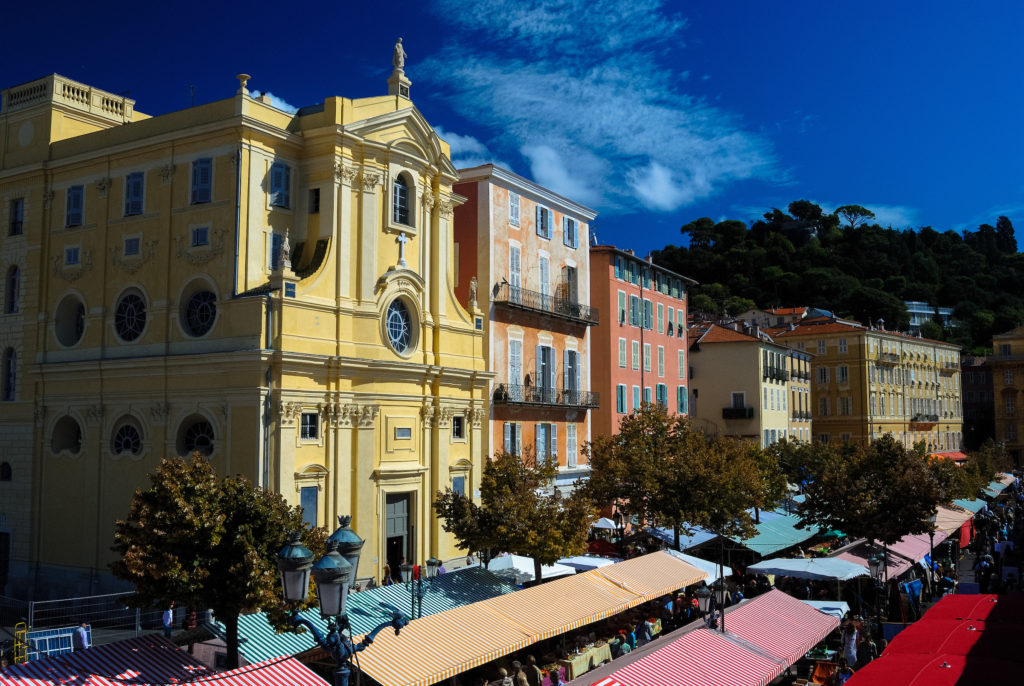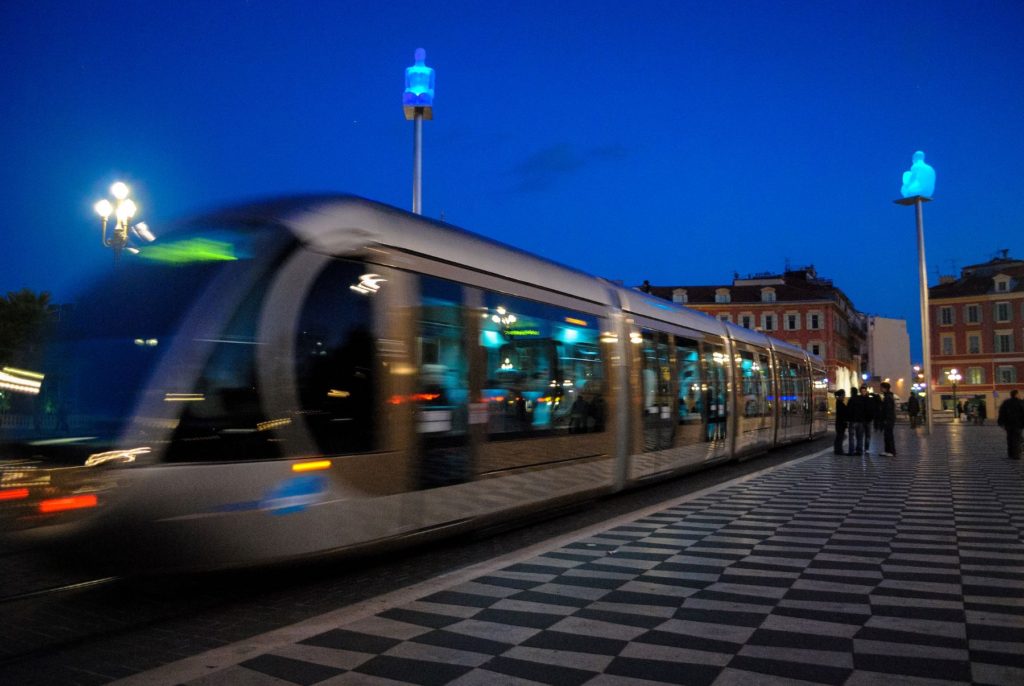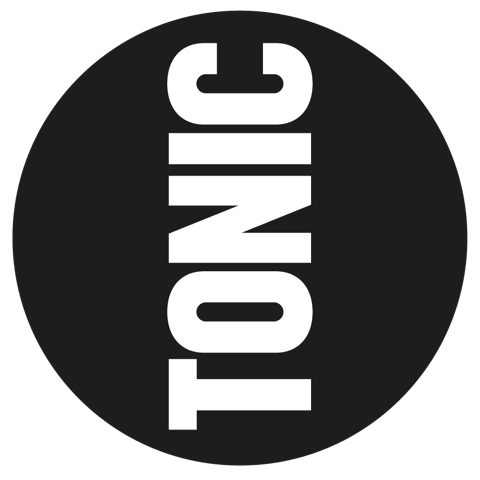Twenty years ago, I moved to the south of France because the wine was cheap. Don’t scoff. I’m in good company.
In 1921, a young Ernest Hemingway relocated to Paris. Not least because an exchange rate of 25 francs to the dollar (compared with 5 francs to the dollar a few years earlier) made it possible for him to practise his oeuvre in Latin Quarter cafés. Hemingway had a savvy literary method. The American writer would drink jugs of half-wine-half-water, allowing his brain to walk an alcoholic tightrope between lucidity and intoxication.
And Hemingway wasn’t alone. In 1990, crime writer Ian Rankin moved to a ramshackle farmhouse in the Dordogne. Mainly because he couldn’t afford London prices. Rankin’s local restaurant “did a five-course lunch, including bread, wine and coffee, for 42 francs, which was about £4.20 at the time,” he told the Financial Times. With carefree penury came the freedom to experiment, pontificate and write.

Twenty years ago, the old town of Nice still thought in French francs. My morning espresso (or noisette as they call them here) cost 50p. Baguettes were the same price. As long as you timed your market shop to coincide with £1 giveaways of sell-by-date tomatoes, life was sweet. Writers, painters and dilettantes made my quartier sing. As did Hemingway’s Paris Latin Quarter, which counted the company of struggling artists Pablo Picasso and F Scott Fitzgerald.
In the south of France, wine became my teacher, cheerleader and friend. The best value was found in caves. Even today, most regional wine stores still pour coopérative wine (made by agricultural co-ops, which produce half of France’s crop) from huge vats at €1.50 a litre. I had three refillable glass bottles on rotation. Some Niçois took empty Coke bottles to be filled. Drinking honest wine – while not paying for bottling, labelling or marketing – is still a delight.
Now here’s the thing. Visit France for a week and you’ll see headline sights. Perhaps Paris, Avignon or the Normandy beaches. Or for wine lovers, Champagne, Burgundy and Bordeaux. Yet travel slowly – and inexpensively – and one can uncover an underground viticultural story. Like the wine regions of Jura, Bugey and the island of Corsica.
I was the first British journalist to write a big story about Bellet. It’s a fully blown AOC wine region high above Nice Airport. The appellation is so petite (one of France’s smallest, at 70 hectares) that its bottles seldom leave the French Riviera. Bellet’s lofty vineyards are peppered with snowfall from November, then cooled by coastal breezes through summer.
Forget Merlot or Cabernet. Bellet’s nutcase grapes include La Folle Noir (‘the crazy black’). The vines ripen with Gallic caprice: essentially anytime they can be bothered between the months of August and October. They can be picked dry one day only to fruit again a week later. Madness. If you visit, bring a phrasebook. Bellet remains off the map.
I found that unheralded wine regions litter the south of France, like the (unfortunately named) AOC Palette. Its 50 hectares of vines are hidden under the snowy peaks behind Aix-en-Provence, which Paul Cezanne used to paint. Pedal a hired bike from Aix and you’ll be the only tourist there. Then as now, transport was cheap. France has high taxes but amazing trains that rattle through national parks, dense forests and coastal trails.

France’s strangest public transport is managed by a brotherhood of winemaking monks. Every day a single ferry plies the passage from Cannes to the island of Saint Honorat. Since the year AD410, around 20 monks have tended 8 hectares of far-out vines, the wines of which sparkle with a saline whipcrack. Think Clairette, Viognier and varieties you’ll seldom find in Tesco. The island’s tiny seaside restaurant, where the wines can be sampled, is particularly popular with celebrities. If only because the Cistercian monks have taken a vow of silence – they couldn’t sell a story to the press even if they wanted to.
The wine worked for me. As it did for Hemingway, who wrote his debut novel The Sun Also Rises while fuelled with discounted French wine. The period is immortalised in his equally eloquent memoir A Moveable Feast. Rankin also benefited. His time in the Dordogne allowed him to pen three Inspector Rebus novels. Enough to afford a house in his native Edinburgh.
These days, in addition to starting a new magazine (see more below), I also teach creative writing to students young and old, and regularly share the Hemingway story. Their question is always the same. Right now, a pint of beer in Paris costs €8, while a coffee in Nice costs €2.50, so where should a nascent Hemingway decamp today?
Living cost statistics show that a budding creative could live happily in Lviv, the ‘Little Prague’ of Ukraine, where £500 per month would cover a one-bedroom apartment, Wi-Fi and regular restaurant meals. Or try Buenos Aires in Argentina. Here £600 per month would buy the good life in a city where a coffee still costs 50p. And I hear the local wine is excellent.
More information
Would I compare my latest work to Ernest Hemingway and Ian Rankin? Dear reader, I would! My latest endeavour, Tonic Magazine is the result of two decades of alcoholic explorations from China to the Caribbean. As editor I’ve also commissioned the world’s best wine, beer and spirits writers to report from Haiti, Iceland, Zimbabwe, Armenia, Germany, North Korea, the Canary Islands and, of course, France.
You can buy our collectable first issue here, and if you’re a member of The Travel Club you can get your copy for the discounted price of £13.50 including P&P. Please support our efforts to fund quality print journalism about the world’s most fascinating subject, for the same price as a bottle of wine.
